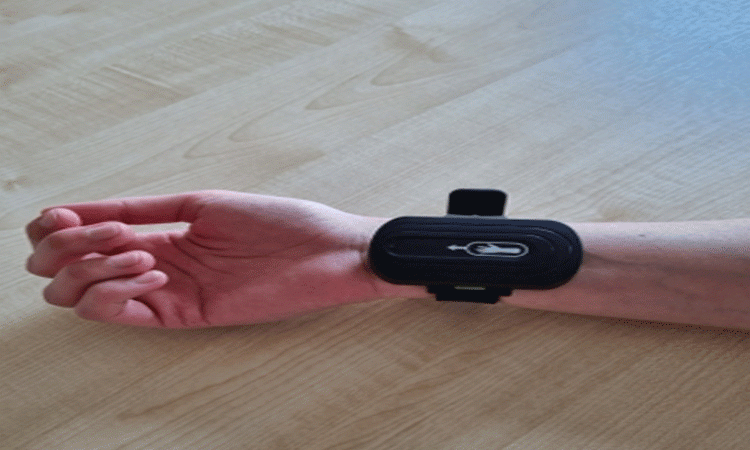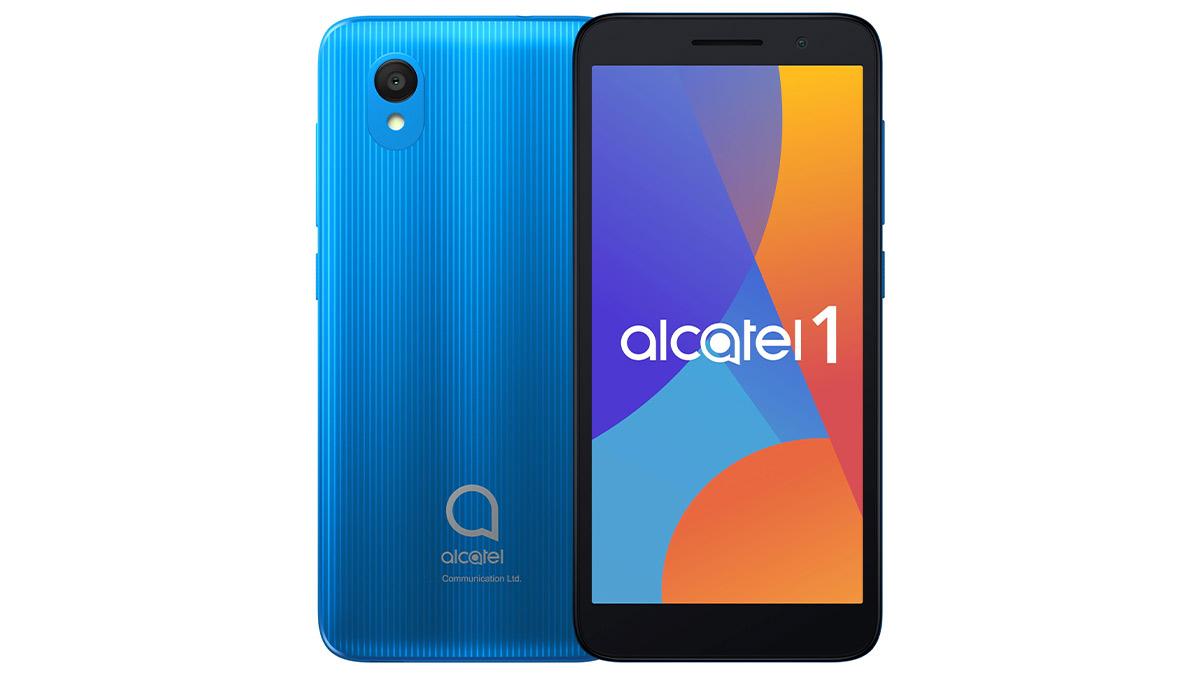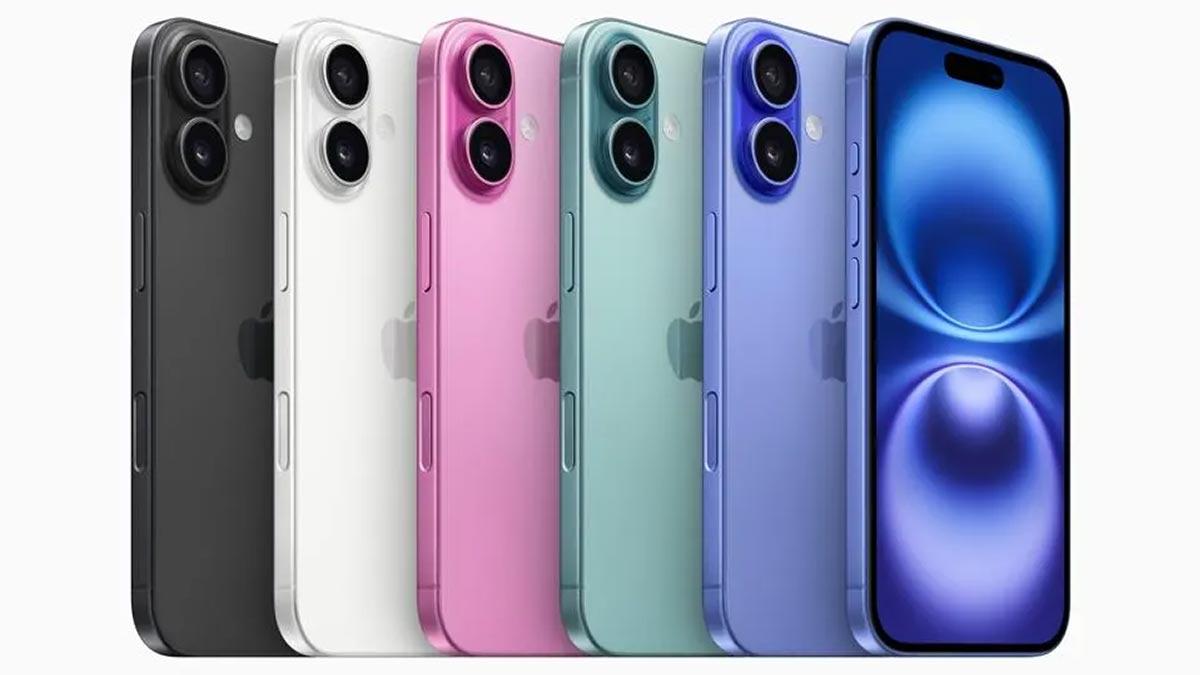A new wrist device has shown to significantly reduce the severity and frequency of tics among people with Tourette syndrome, according to results of a clinical trial.
In the trial, which included 121 people across the UK, the prototype wrist device --Neupulse -- delivered electrical pulses to reduce the amount and severity of tics experienced by individuals with Tourette's.
Tourette Syndrome (TS) is a neurodevelopmental condition that is usually diagnosed between the ages of eight and 12. It causes involuntary sounds and movements called tics.
Also read |MediaTek may soon launch updated version of 'Dimensity 9200' chip
Tics are repetitive, stereotyped movements and vocalisations that occur in bouts, typically many times in a single day, and are often preceded by a strong urge-to-tic, referred to as a premonitory urge (PU).
"The Neupulse device has shown the potential to dramatically improve the lives of those with Tourette syndrome, who often face challenges managing their tics, by providing increased control over their tics on demand," said Professor Stephen Jackson from the University of Nottingham, who developed the device along with the spin-out company Neurotherapuetics.
The device was used by trial participants at home at a similar time each day for 15 mins for a period of one month. A subset of people were also videoed each day. Each week participants gave feedback on their experience.
Also read |Google Pixel 7a may be equipped with 8GB of RAM
The results, detailed in the preprint site MedRxive and not peer-reviewed, revealed that people who received active stimulation experienced a significant reduction in the severity and frequency of their tics.
On average, they saw a reduction in tic frequency of more than 25 per cent while they received stimulation.
After using the device for four weeks, people who received active stimulation experienced a reduction in their tic severity of more than 35 per cent. In total, 59 per cent of the people who received active stimulation experienced a reduction in tic severity of at least 25 per cent.
"The results of this trial mark an exciting step towards an effective, non-invasive treatment for Tourette syndrome that can be used at home. We are now focused on using the knowledge from the trial to develop a commercial device that can be made available to people with Tourette's," said Dr. Barbara Morera Maiquez, Chief Research Officer at Neurotherapeutics.


















